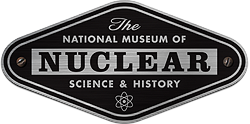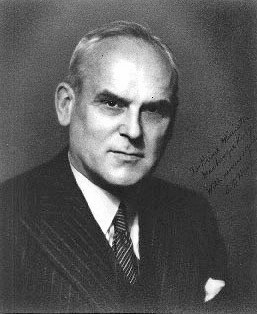Clarence Decatur “C.D.” Howe was Canada’s Minister of Munitions and Supply during World War II. He is credited with turning the Canadian economy from one based primarily on agriculture to one based on industry.
Born in Waltham, Massachusetts, Howe received a B.S. in Engineering from the Massachusetts Institute of Technology (MIT) and later moved to Nova Scotia to take up a professorship at Dalhousie University.
After establishing a successful business designing and building grain elevators, Howe became involved in Canadian politics. He was elected to the House of Commons in 1935 and was later appointed Minister of Transport. Howe oversaw the reorganization of Canadian National Railways and the creation of the National Harbors Board and Trans-Canada Airlines.
In 1940, Howe was appointed Minister of Munitions and Supply in charge of war production for Canada. Howe created an enormous rearmament program using “dollar-a-year men,” top executives loaned to the government by their companies for a token payment of one dollar a year.
In June 1942, Britain’s High Commissioner to Canada, Malcolm McDonald, met with Howe to propose the establishment of a joint British-Canadian nuclear laboratory. Howe knew the project would commit Canada to the expenditure of millions of dollars and divert scientists, equipment, and material from other vital war projects, but he believed that atomic energy would have a profound impact on society and the economy after the war, and the joint research effort would provide an opportunity for Canadian scientists to train in this field. In late August 1942, Howe famously gave the go ahead for the Montreal Laboratory with the simple words “Okay, let’s go.”
Howe is widely credited with spurring a Canadian Industrial Revolution during World War II. By 1945, Howe had spent more than $1.3 billion on war material, but this spending ultimately helped transform Canada's economy.





